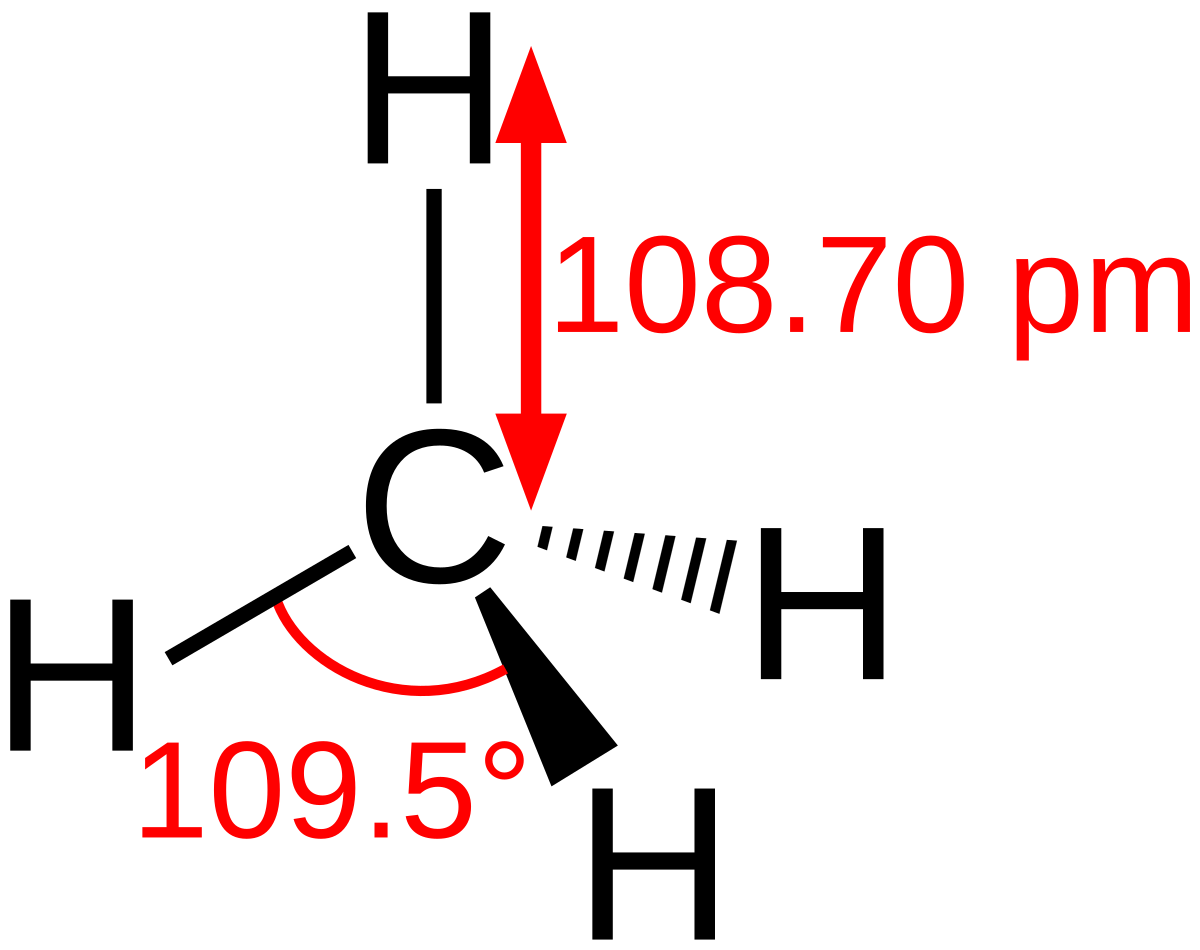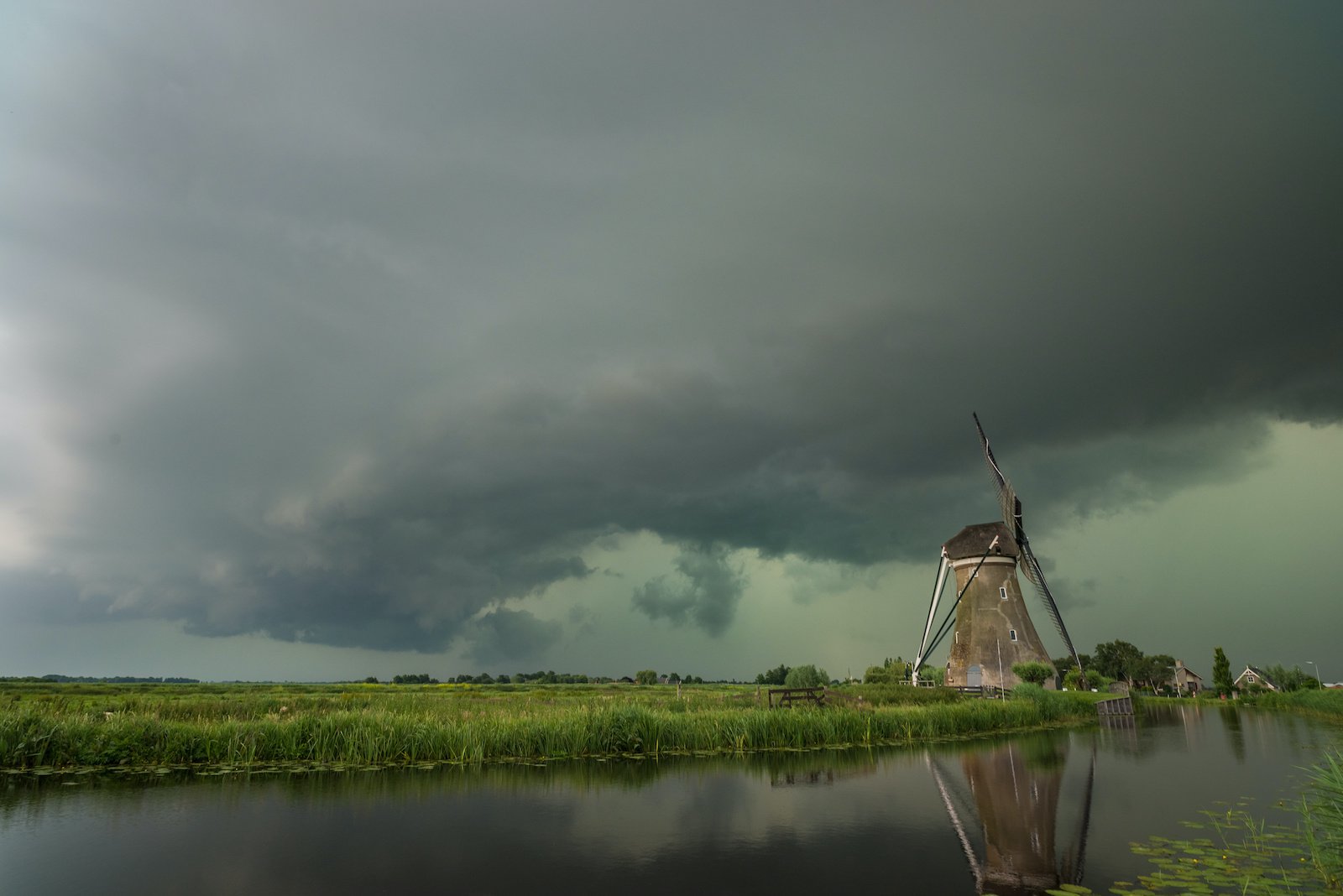New study from University of Melbourne says it just all wind.  Nothing to see here folks...Note the study publication date - 12th April! Link below to the article at Phys Org.
Nothing to see here folks...Note the study publication date - 12th April! Link below to the article at Phys Org.

 phys.org
phys.org
 Nothing to see here folks...Note the study publication date - 12th April! Link below to the article at Phys Org.
Nothing to see here folks...Note the study publication date - 12th April! Link below to the article at Phys Org.
Giant rogue waves: Southern Ocean expedition reveals wind as key cause
A University of Melbourne expedition to the southernmost waters encircling Antarctica has discovered that wind drives the formation of colossal rogue waves, and that these unpredictable waves occur more frequently than scientists had previously thought—providing critical information to inform...



